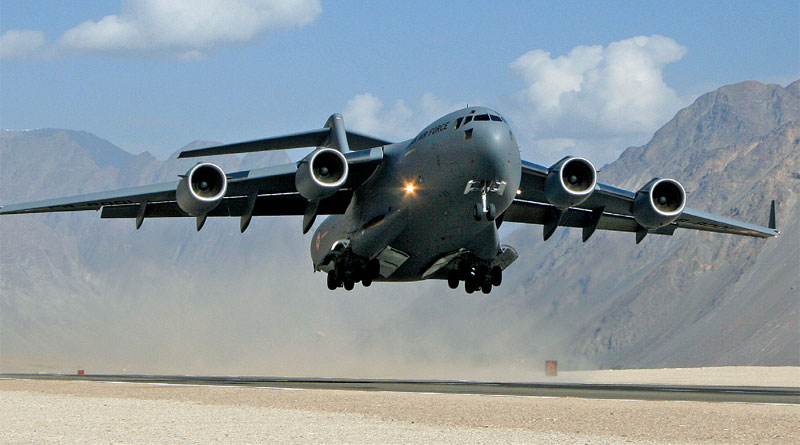Think Big, Think Deep
 Air Cmde K.A. Muthana (retd)
Air Cmde K.A. Muthana (retd)
Within the quantity and quality of equipment provided to it, the Indian Air Force continues to perform all tasks given to it with great aplomb. Its field units have some of the most capable and motivated personnel anywhere in the world. It is for the higher defence management to seriously introspect over whether the wherewithal planned to be provided to the Indian armed forces generally and the IAF specifically, will really meet the requirements of deterrence in the evolving geopolitical situation.
In spite of all the bluster one reads about and hears, it is a no brainer to realise that India is far from being a match to China in terms of its capability to project credible deterrence. While India may be able to hold its own and even come out better in small border skirmishes, an all-domain total war with China will have grave consequences for India. Deterrence only works if the adversary believes that one has the resources, capabilities and the will to fight and win.
Overdependence on diplomacy without being backed by military strength, could cost India dearly in case the northern adversary decided to adopt hawk-type behaviour. In order to bolster its military strength, the identified gaps in the IAF’s fixed wing offensive capability need serious debate.
Stealthy Aircraft
The most glaring capability gap is the lack of a stealthy aircraft. It would be foolish to attempt penetration of modern air defences, especially that of our northern adversary, with non-stealthy aircraft. Stealthy aircraft are necessary to punch holes in enemy air defences which can subsequently be used by non-stealthy aircraft to penetrate further.

IAF’s C-17 GLOBEMASTER III
The IAF, therefore, has rightly made the Advanced Medium Combat Aircraft (AMCA) programme, its number one priority. The problem, however, is in the way it is supposed to be brought to fruition—a possible repetition of the Tejas saga. Keeping in mind the pace at which technology is advancing, such time frames would be unaffordable on any parameter. Ideal path would have been to run a R&D competition between the government/ public sector and, Indian private sector with a foreign partner; similar to what the Innovation for Defence Excellence (IDEX) organisation does for small ticket items.
Unfortunately, such courage is seen to be lacking as the Defence Acquisition Procedure 2020 does not provide for such R&D competition in fighter aircraft programmes. Second
Subscribe To Force
Fuel Fearless Journalism with Your Yearly Subscription
SUBSCRIBE NOW
We don’t tell you how to do your job…
But we put the environment in which you do your job in perspective, so that when you step out you do so with the complete picture.







